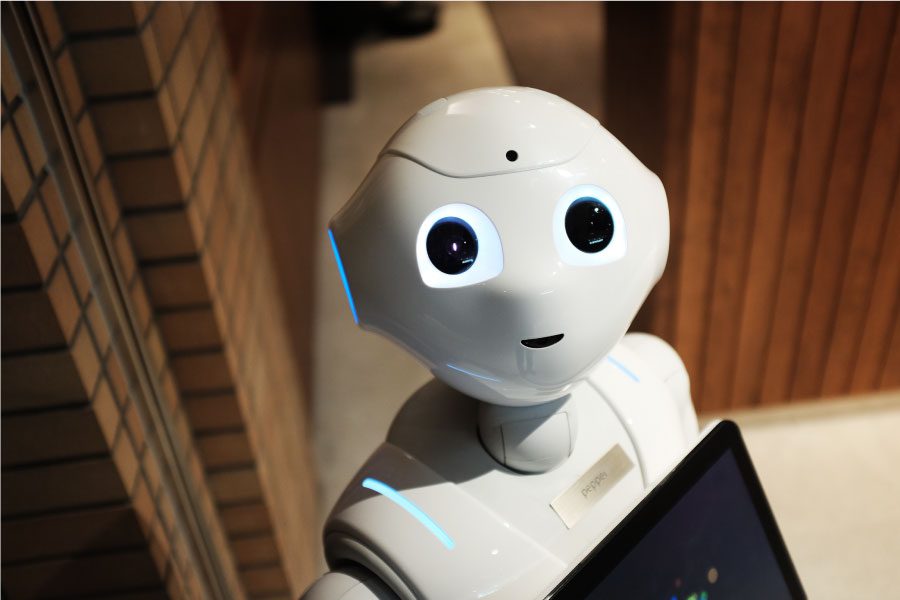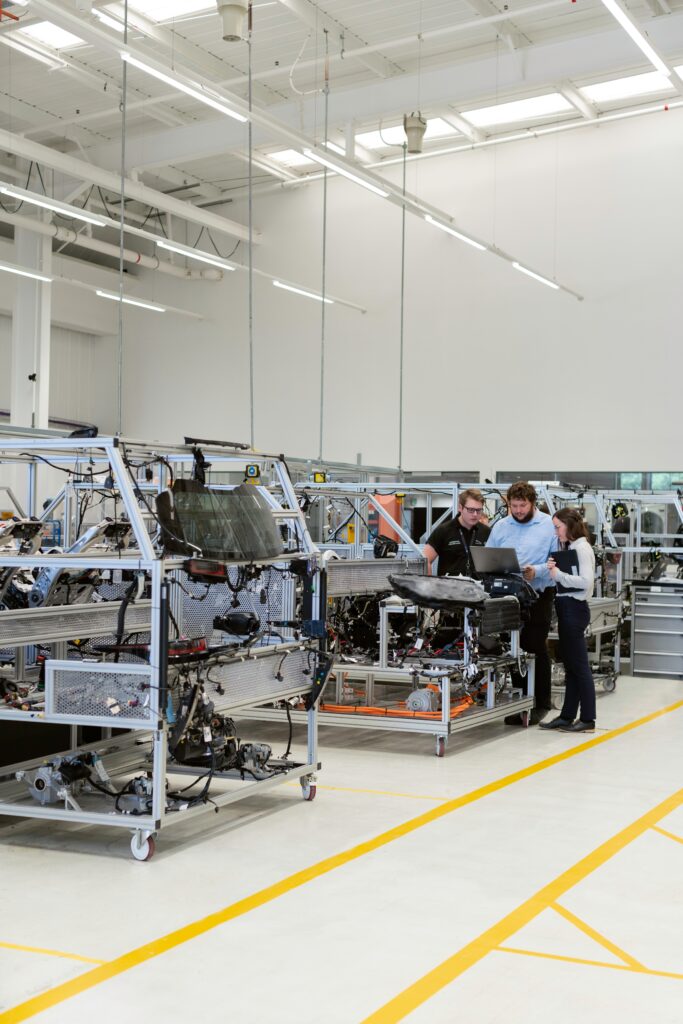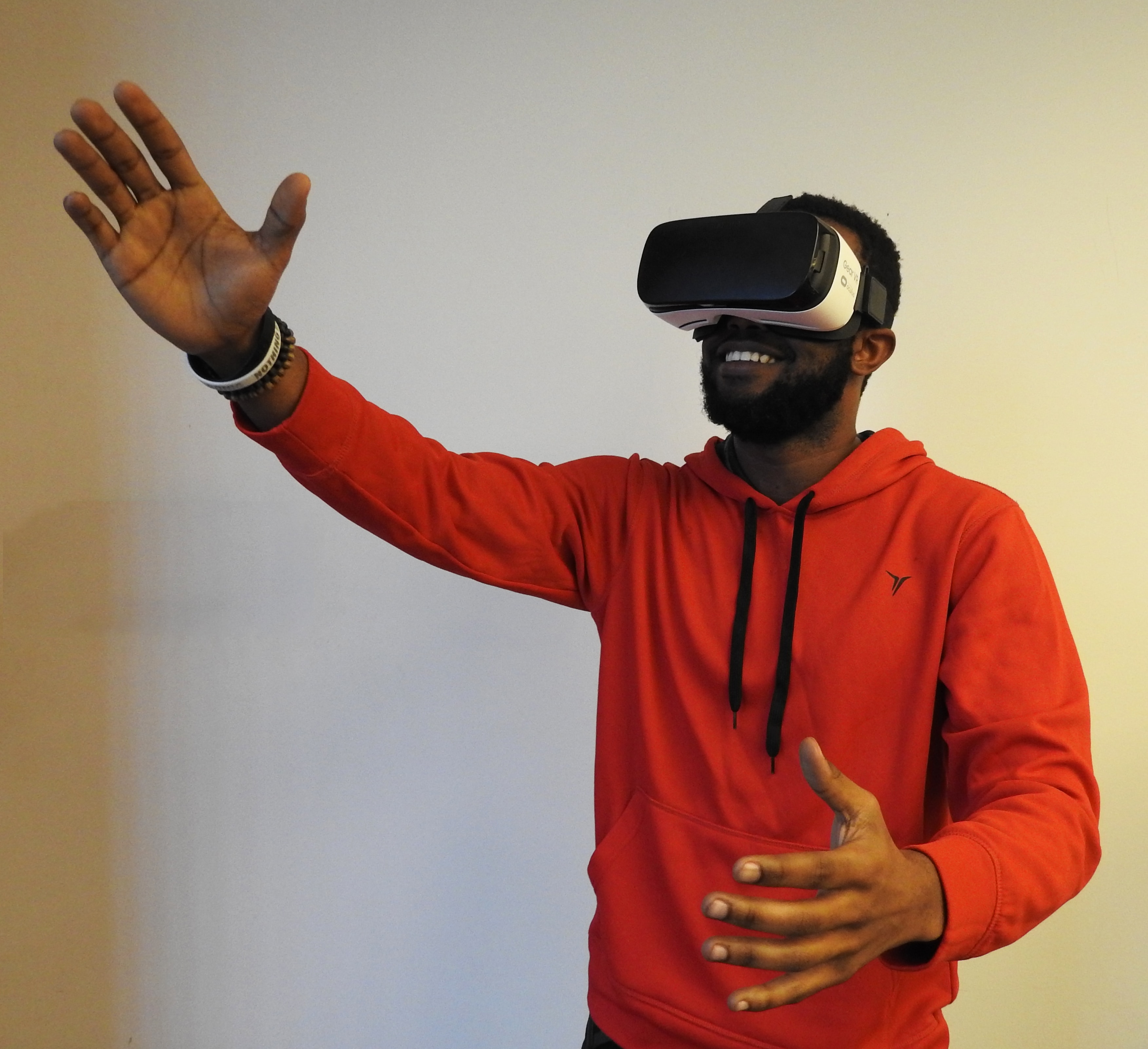Be Efficient For Automated Futures After COVID-19

The Coronavirus pandemic has pushed the world into a strange territory, which may lead to an automation boom in some industries.
Many people have lost jobs as a result of this and automation is already filling some of these. The question we need to ask ourselves is if robots will replace some of our job roles after this crisis weathers down. The answer is complicated and differs by industry, but one thing is clear, automated futures after covid 19 are inevitable.
The crisis isn’t just accelerating the transition to automation, according to experts, it’ll also boost investments powering that change.
The other ray of hope could be that there’s a lay view that automation might slow because the technology is expensive and firms would be hesitant to make capital investments in a crisis. However according to economic literature over the last decade, it shows that these investments are made especially during a crisis.
Robots’ infiltration of the workforce doesn’t occur at a steady, gradual pace. Instead, automation happens in bursts, concentrated especially in bad times such as in the wake of economic shocks, when humans become relatively more expensive as firms’ revenues rapidly decline. At these moments, employers shed less-skilled workers and replace them with technology and higher-skilled workers, which increases labour productivity as a recession tapers off.
As virus-related economic recession fears escalate, it is important to stress that while automation is likely to surge in general, not everyone is equally vulnerable. As the US Brooking’s 2019 assessment of automation trends suggests, the automation surge is likely to affect the most routine jobs in areas such as production, food service, and transportation.
Despite all these fears of replacement of human capital in the coming future, it is important to also think keenly about our preparedness and if Automation and AI companies have taken the much-needed reforms towards real-world systems as outlined below;


Factors affecting reforms towards real-world systems
1. Metrics
As more autonomous machines are deployed in the real world, conventional metrics such as speed, cycle time, or success rate can no longer represent the full picture. We need to measure the reliability of the system under uncertainties with robustness metrics such as the average number of human interventions.
We need more tools and industry standards to evaluate overall system performance across a wide range of scenarios because real life, unlike a controlled environment, is unpredictable.
If a delivery robot can reach a max speed of 4 MPH but cannot complete a single delivery without human support, it is not creating much value for its users.
2. Error handling and communication
There was a recent shutdown of Starsky Robotics in China which reminds us that we are still years away from fully autonomous solutions. That doesn’t mean robotics cannot bring immediate values to humans. Even if humans need to handle edge cases, 15% of the time, that still means companies can reduce significant labor and integration costs.
However, AI companies currently tend to spend much more resources on building autonomous systems and much less time thinking about error handling and seamless hand off between machines and humans.
We need to categorize errors into different levels, design different protocols accordingly, and prioritize minimizing fatal errors that stop the system and require human intervention. If fatal errors occur and the system isn’t working anymore, can we respond quickly and troubleshoot remotely?
The most difficult part is to identify the unknown unknowns, errors that systems cannot detect. Therefore, it’s also crucial to have two-way communication and allow users to flag errors or choose to activate the previously agreed fallback plan.
3. Human-machine interaction
The novel coronavirus forces companies to more rapidly adopt automation and shift to the cloud. As fewer people control a larger number of robots, do we have the right tools and technologies to pass all the relevant information to that decision-maker promptly? Are there enough sensors on each robot to provide a full picture?
Today, we rely on tactile input like computers or tablets to control robots. Are these still the best interfaces as the amount of information soars and response time remains short? Should we reconsider human-machine interfaces that go beyond tactile, for example, voice, VR/AR or brain-machine interface?

We also need to decide who should be in control. As machines get smarter, should we always make the final call?
For example, who should be controlling an autonomous taxi itself? The human safety driver? Someone who monitors a fleet of robotaxis remotely? The passengers? Under what situation? Or should it be a co-decision with weighted judgment by both humans and machines? What’s the ethical implication? Can the interface support multi-step co-decision making?
Ultimately, how do we design human-centered AI to make sure autonomous machines make our lives better, not worse? How do we automate the right use cases to augment humans? How do we build a hybrid team that delivers better outcomes and allows humans and machines to learn from each other?
There are still a lot of questions that we need to answer. And the current COVID-19 pandemic is pushing us to answer them more quickly so that would be autonomous systems can deliver on their promise. If the makers of these systems can focus on the above areas, they’ll be better positioned to reach key conclusions more quickly. And that will ensure we’re heading in the right direction.
Post-COVID -19 will require that organizations optimize their operational efficiencies to level that only automation can deliver. Technical human resources now have an opportunity to acquire and/or horn critical skills in automation to remain invaluable to their organizations.
Register for our Automation boot camps and courses for a detailed overview on this and more or call us on 0715389245
Back to ArticlesJoin Our Newsletter
Stay ahead of the curve with our engineering and tech news delivered straight to your inbox